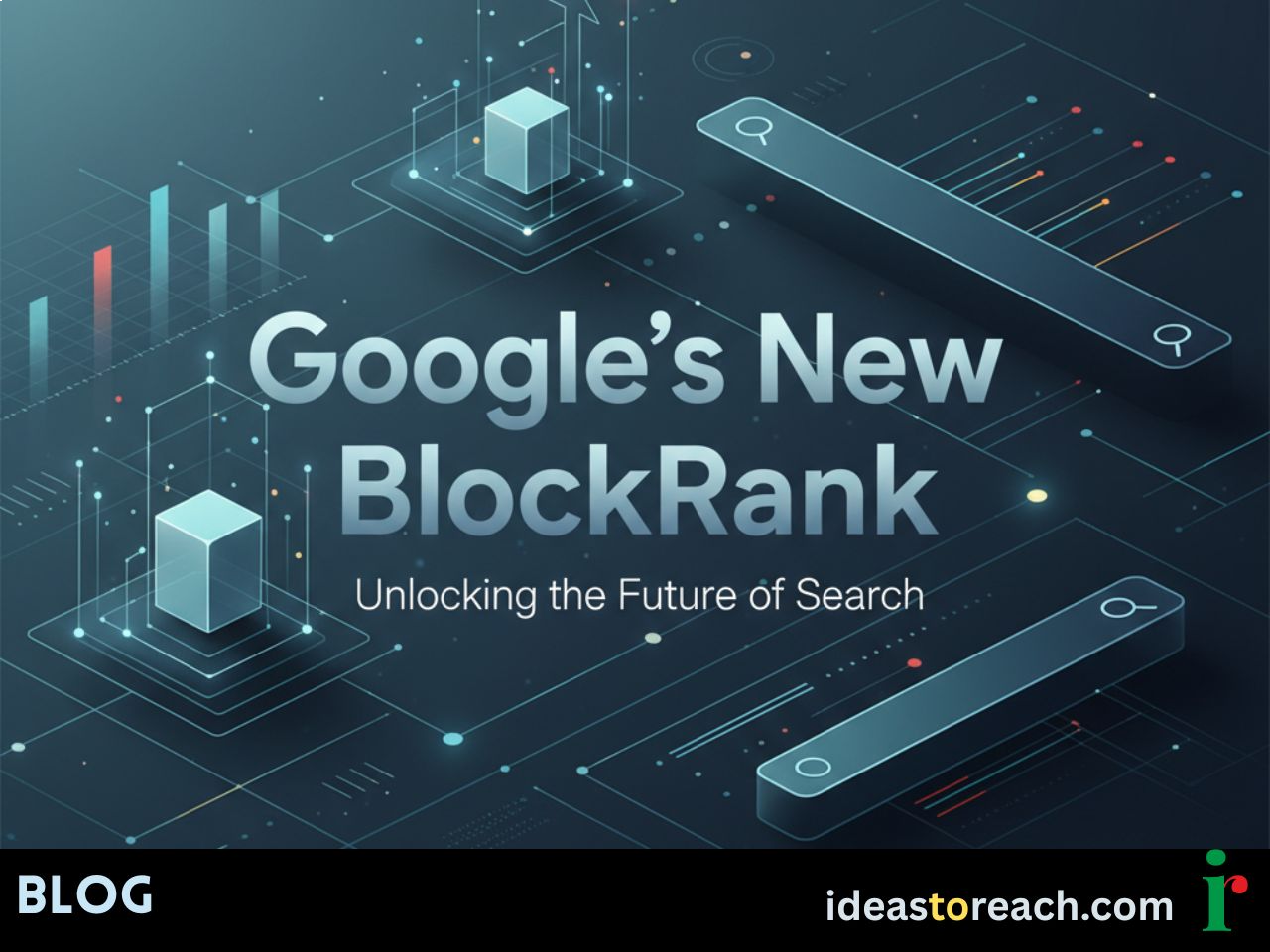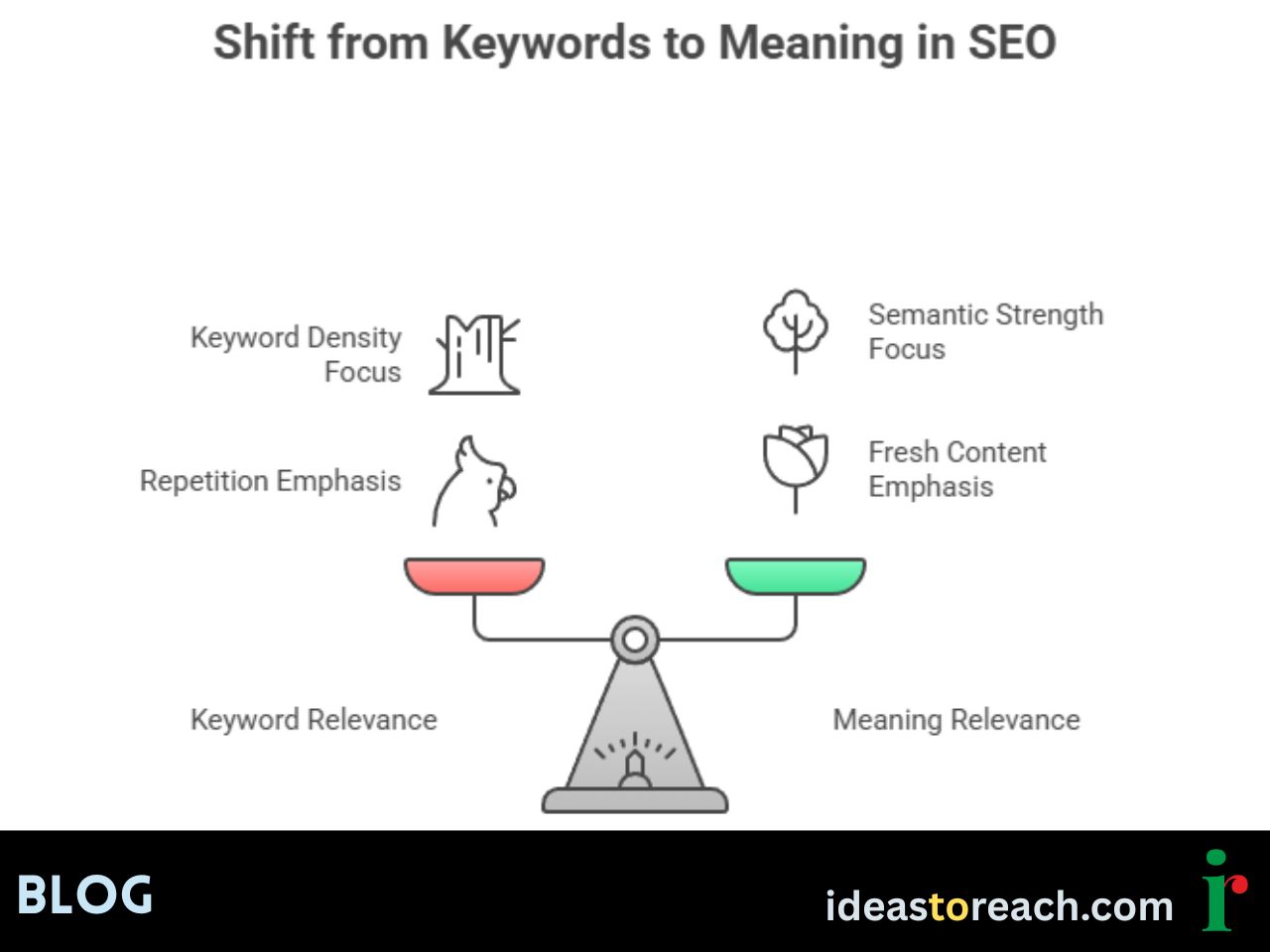
When Google’s DeepMind division publishes research, the SEO world listens closely. Their recent paper titled Scalable In-Context Ranking with Generative Models introduces BlockRank, a new AI-based approach that could redefine how Google ranks web pages.
Although it is still at the research stage, BlockRank signals a clear direction for search technology. Google is moving toward a system that is context-first, meaning-driven, and highly efficient.
BlockRank is based on a method called In-Context Ranking (ICR).
In this process, Google’s large language model examines several web pages together to understand context and meaning rather than just counting keywords. It looks at the search query, instructions, and candidate web pages, then ranks them based on how closely they satisfy the user’s intent.
Previously, this type of ranking required huge computing power because the AI had to analyze every word across every document. BlockRank makes this possible more efficiently by focusing only on the relationship between the query and each page rather than comparing all pages with one another.
The result is faster ranking without any loss in accuracy.
Traditional ranking systems depend heavily on backlinks and keyword matching. BlockRank introduces semantic understanding, allowing Google’s model to interpret meaning and intent more precisely.
The researchers discovered two key behavior patterns in how AI reads and ranks information:
The model realized that comparing every document with every other one was unnecessary. It could focus only on how each page connects to the query.
The model learned that not every word in a query is equally important. It can identify and prioritize the most meaningful parts of the question to find relevant pages.
By applying these two ideas, BlockRank becomes faster, more scalable, and energy-efficient, without compromising accuracy.
The DeepMind team compared BlockRank with other strong ranking models such as RankZephyr and RankVicuna. They tested it on well-known benchmarks like BEIR, MS MARCO, and Natural Questions (NQ).
BlockRank performed equally well or slightly better while using less computational power.
This proves that high-quality ranking can be achieved at lower cost and energy usage, which also supports Google’s long-term sustainability goals for AI.
One of the most interesting outcomes mentioned in the research is that BlockRank can democratize access to advanced search ranking.
This means that high-quality semantic search is no longer limited to large organizations. It can be adapted by smaller companies, researchers, or content-driven platforms.
Imagine a real estate website using a BlockRank-like system. Instead of just ranking pages by the keyword flats in Chennai, it could interpret the buyer’s intent and show homes that are ideal for families near schools and hospitals.
This is the type of ranking that rewards clarity, context, and usefulness rather than keyword repetition.
The paper does not confirm that BlockRank is being used in live Google Search. However, it fits naturally into Google’s direction toward AI-powered search experiences such as AI Overviews and Search Generative Experience (SGE).
To understand how AI Overviews already influence visibility, you can read How to Rank on Google AI Overviews and AI Search Overviews.

For businesses like DRA Homes and other brands, BlockRank reinforces a major shift in SEO. Google is moving from keyword relevance to meaning relevance.
Here is what that means for practical SEO:
Intent and clarity lead visibility. Pages that answer real questions will rank higher.
Semantic strength over keyword density. The focus must be on natural, contextual writing.
Relevance over repetition. Each paragraph should deliver genuine value.
Fresher content performs better. Efficient AI systems favor updated pages.
For tips on maintaining freshness and ranking consistency, refer to How Often Should You Update Your Website to Maximize SEO Benefits.
Marketers and SEO professionals can prepare for this shift with a few adjustments:
Understand search intent before creating any content.
Build internal link depth using logical topic connections, as explained in
Internal Linking for SEO Success - Simple and Best Guide.
Focus on authority and human tone. Clear and natural writing will align best with how AI interprets relevance.
If you are interested in how standout ideas capture attention, you can also read What Is a Purple Cow in Marketing and SEO? Be the One That Wins.
Google’s long-term vision is clear. Search is evolving from matching data to understanding meaning. BlockRank represents that transformation.
It is not simply about speed or computation. It is about improving how people find relevant and reliable information.
For content creators, this means one principle stands above all others:
Write for clarity, not manipulation.
As Google continues to advance AI-driven ranking, businesses that communicate value and intent clearly will always stay ahead.